Appearing in UH Summer 2018, “Ten Years Later: Our year-long look at what’s changed in U.S. luxury real estate since the 2008 recession.”
Consumer sentiments toward owning and buying real estate continue to evolve, along with the definition of luxury.
By Camilla McLaughlin
Ten years ago, there were few signposts for the journey out of the recession. Real estate’s perfect storm got a lot worse in the summer and fall of 2008 as a combination of job losses, high energy costs, an ongoing tide of foreclosures, a pending presidential election and the near collapse of the credit markets rocked the economy. Many, but not all, upscale consumers put real estate plans on hold and shifted into a watch-and-wait mode. “Consumers’ confidence gets shaken, and the rich are not immune,” observes John Brian Losh, publisher of Luxuryrealestate.com and owner of Seattle brokerage Ewing & Clark.
Following that low point, luxury real estate embarked on a remarkable journey of recovery with luxury properties selling and prices escalating in many locations, boosted in part by the exponential growth of wealth worldwide. Just in the last year, the combined net worth of the world’s billionaires increased by 18 percent. Residential real estate remains a favored investment with prime property sales worldwide up by 11 percent in 2017.
Attitudes toward buying, selling and luxury overall have followed an equally transformative path. “The lesson from the recession is to buy smart. Impulse buying, overextending to get the home of your dreams, and buying without doing your homework have all gone the way of the fax machine,” says Jason Haber, a broker at Warburg Realty in Manhattan.
Value is most important. Greenwich saw two record sales in 2017, but only after list prices were reduced. In their luxury white paper, Christie’s International Real Estate reported strong sales “where buyers and sellers showed a willingness to adjust pricing expectation to new market realities.”
“Price was the name of the game,” said Michael Saunders of Michael Saunders & Company, noting that luxury homes in Sarasota sold in record numbers after homeowners adjusted prices.
Affluent individuals also have a new perspective on the investment potential of properties, locations for both primary and second homes, expectations regarding the agent’s role in the transaction and what constitutes luxury.
What Is Luxury?
Few other terms have been hyped more than the word “luxury” in recent years. Most industry experts would agree with Mike Leipart, managing partner of The Agency Development Group in Beverly Hills, who says, “It’s used so often that it’s become virtually meaningless.”
Even wealthy consumers struggle to find a suitable alternative phrase, yet they have a clear understanding of what luxury means today. “I think people can’t describe it, but when you walk into it, when you are standing in it, you respond to it,” says Craig Hogan, vice president of luxury, Coldwell Banker Real Estate. “People can tell quality; they can tell beautiful design. Service is critical.”
“Ten years ago, the luxury industry was able to dictate to consumers what luxury was and almost define it for them. We are not able to do that today,” explains Kevin Thompson, CMO of Sotheby’s International Realty Affiliates LLC. “Luxury is being viewed from an experiential perspective. People are choosing to live different ways and somehow have what they value. It is a very individual approach.”
“The meaning of luxury has changed a lot. I think luxury has become personal. It’s become a feeling. It’s become an emotional part of a real estate experience,” says Christina Huffstickler, owner of Engel & Völkers in Atlanta.
“You can’t pin it to price level or finish levels. It’s very complex. It’s very much what people are willing to pay extra for,” says Leipart using the example of how a desirable view — prized by today’s buyers — amps up a per square foot price. “I think the basic thing of luxury is that it is everything that has not been commodity priced,” he explains.
Value & Inventories
“By and large, people value home ownership,” shares Hogan. “I just keep watching this trend toward smaller and more wonderful. Just beautiful in every way. Great finishes, smart home technology, all the things you’d expect except beyond those expectations.”
“I think that people, wealthy people, have always found real estate to be an attractive investment. It’s an asset that usually appreciates that they can enjoy,” says Losh.
Coming out of recession, the Bay Area led the recovery, and the region continues to rack up amazing stats with May’s median sold price exceeding $3 million in both San Francisco and Silicon Valley, according to The Institute for Luxury Home Marketing. Inventories remain barebones with homes selling in weeks. In fact, the median time it takes for both attached and single-family homes to sell in Silicon Valley is about nine days. Here, as in many other upscale locations, the biggest issue is too few listings to satisfy demand.
“Even with interest rates rising because of the moves the Feds have been making the last 18 months, there is no slowdown in the appetite for wealthy consumers purchasing homes,” says Jim Walberg with Pacific Union, noting, he has never seen more all cash purchases in 35 years. “Buyers and sellers still view Bay Area real estate as a great place to put their resources. And, remember, these are wealthy people, so it’s not as if they are not diversified in many other investment categories.“ Many of these purchasers are looking at long-term ownership. The homes have a dual purpose: a fun community and place to raise their kids, and a home they plan to live in after their children are grown.
“The primary residence purchase remains largely emotionally driven based on finding the right property to suit the purchaser’s desire for location, space, finishes, et cetera,” rather than a cold calculation of investment dollars,” says Leslie Hirsch, an advisor with Engel & Völkers in New York City.
Second Homes & Investments
Second homes and resort properties are in demand. More than half of the world’s high- and ultra-high-net-worth individuals own two or more residences, and many sought out at least one luxury property acquisition in 2017 and 2018, say experts at Christie’s International Real Estate in their annual industry report.
Among the U.S. population with a net worth of $500 million and up, 2,700 own on average 10 or more homes each, shares Hogan.
“An interesting trend we have noticed is that more wealthy clientele are electing to purchase properties as investment pieces instead of purchasing a third or fourth home to use as a personal residence. Or in some cases they are using a single property as both a vacation home and income property,” shares Anthony Hitt, CEO of Engel & Völkers Americas.
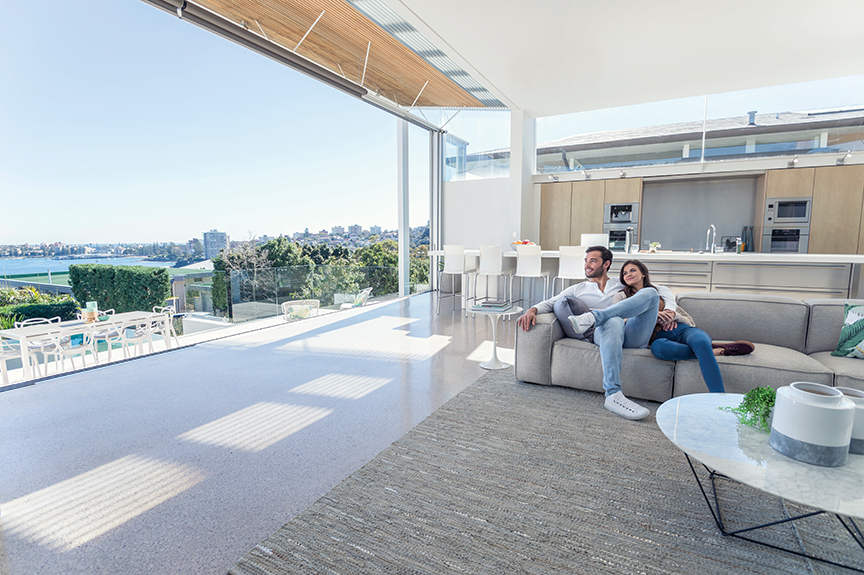
“Second, third and fourth homes are now being scrutinized more carefully to make sure there is an upside in the investment should the purchase decide to sell in the future,” says Hirsch. Investors are diversifying portfolios, she says, “choosing to buy property in several countries as a hedge against a drastic change in one country’s economy.”
Affluent consumers continue to be bullish on real estate, an attitude enhanced by recent volatility in equity markets. Losh believes security and safety are more important to consumers. “People are also looking for a safe harbor. They want to feel safe, and they want their investment to be secure,” he says.
What Buyers Want
Ten years ago, the luxury echeleon was defined as homes priced in the top 10 percent of any market, and that benchmark still stands. But for consumers, dollar signs do not necessarily determine luxury. “Money sometimes doesn’t even become part of the search parameters. They just want to find the right property,” and these buyers today are willing to take their time, says Katie Hauser, a broker associate with Baird & Warner in Winnetka, Illinois.
Like many agents today, Hauser sees several different buyer profiles in the market. Some, particularly empty nesters, “want to ditch their suburban house for something unique. They want value, but they want to find the right place,” she says.
“There is a search for the unique. The emerging luxury consumer isn’t interested in cookie-cutter anything. They want personal and outside the norm and are willing to pay more for that,” adds Thompson.
On the other hand, other upscale buyers want a platinum location and are extremely discerning regarding every facet of the property.
“Luxury buyers in Omaha want what they want, and if they cannot find it they build,” says Judy Smith with RE/MAX Real Estate Group in Omaha. High on wish lists are rooms large enough for grand pianos, buffets and sideboards. “They still love walk-out basements for entertaining and as a separate living area for family members extended visits. The view from the deck is always important.”
Millennials
Millennials are beginning to make their play in real estate. Because they delayed buying a home, many of their first purchases fall into the luxury niche, giving new meaning to “starter home.”
According to research from Luxury Portfolio International, most buyers seeking $1 million-plus homes are 25 to 49 years old and have inherited or plan to inherit significant wealth. This consumer has begun powering the $1 million-plus real estate market, more so than their older counterparts.
Millennials overall, says Lindsay Bacigalupo, an Engel & Völkers licensed partner in Minneapolis, “waited to buy and are now in their late 20s and early 30s. They are buying starter homes that are $400,000 to $1 million.
Millennials expected to be as transformative for real estate as the baby boomer cohort was. “Millennials are the next generation who are redefining luxury. Their attitudes toward homes are shaping what is publically seen as ‘good real estate,’ influencing what others look for in a home,” says John Dean, license partner with Engel & Völkers Vancouver. “Millennials are rejigging real estate wish lists, which differ from past generations. They place a big focus on the shared economies. They prioritize modern design. They see real estate differently than predecessors as big traditional homes are too expensive for them to afford, at least right now.”
“Bigger is a little yesterday,” says Hogan, who characterizes current preferences among all consumers as “smaller and finer.”
The drive for a safe harbor along with quality of life, changing demographics, government tax policies and technology are all reshaping the geography of luxury. Denver, Nashville and Atlanta are new luxury players. Victoria, British Columbia topped Christie’s annual report as the primary luxury market. Santa Fe was the hottest second home market; Sun Valley and the Bahamas were in the top five.
More consumers are also opting to make places such as Charleston, South Carolina; Austin or Orlando home. A number are also trading their primary home for a resort home in locations such as Jackson Hole or Bluffton, South Carolina, and many are doing so with kids in tow.
“The definition of luxury means something different to millennials than previous generations. As we know, they value the experience of material wealth. They may choose to settle in traditionally second-home markets to be close to the beach or mountains. They are not as tied to a specific geographic area as many have the option to work remotely,” explains Hitt.

Technology & the Agent’s Role
Probably nothing has changed more, as well as stayed the same, as the way homes are sold and how real estate agents work with buyers and sellers. “Technology has played a huge role in changing everything we do now as agents,” says Dean.
Buyers are more knowledgable; the mechanics of the transaction are more streamlined. Artificial intelligence and virtual reality are starting to kick off the next tech evolution.
The agent’s role continues to shift from provider of information to trusted advisor. “Today’s buyer comes armed with data, comps, neighborhood analysis, and newspaper articles. In some cases they know more about pricing than the listing agent,” says Haber.
What agents need to understand, Leipart says, is, “you don’t sell anything” to the wealthy. “If your approach is to get them to buy, you are going to strike out every time. The best you can hope for is to be a trusted advisor, and you can’t have that role if you are trying to sell.”
To shine some light on what’s ahead for homes, we take a look at 10 ideas, products and attitudes that promise to impact homes as we head toward the end of the decade.
By Camilla McLaughlin
What’s driving innovations for homes is a synchronicity between evolving consumer attitudes, new products and emerging technologies. Today, consumers play an important role in this process. Rarely are consumers cited as change agents, but consumers themselves have changed.
Instead of being recipients of what the market offers, they have become savvy, active participants in the process. When it comes to homes of the future, nothing matters more than the consumer.
Photo courtesy Chris Mayer Photography and Bassenian Lagoni Architects
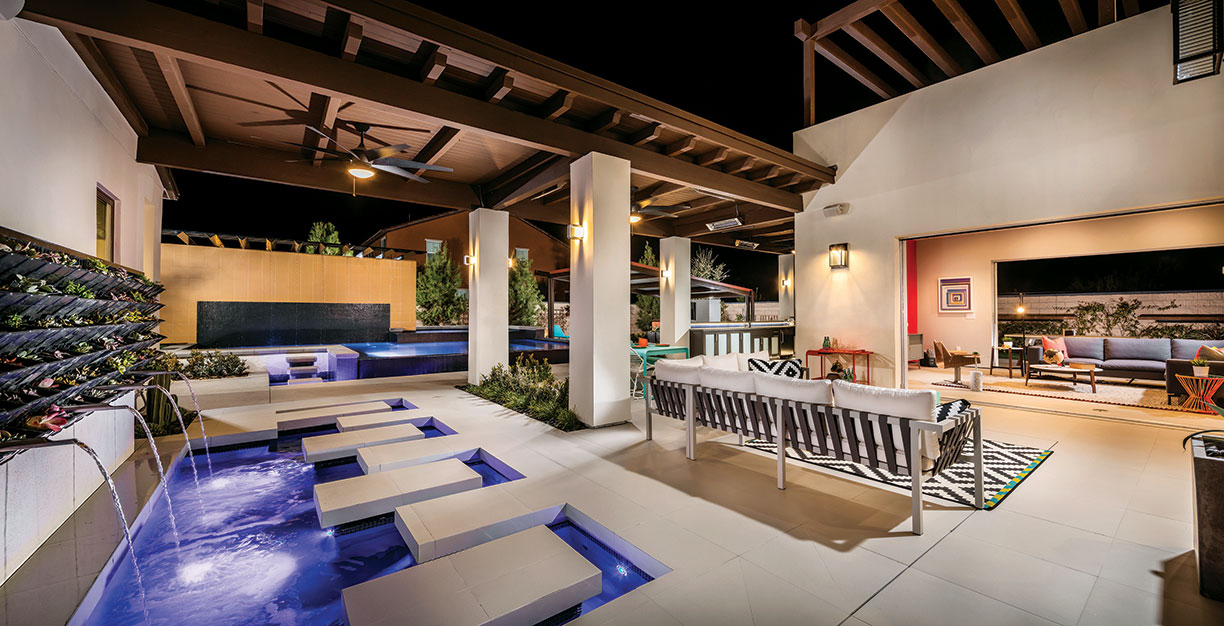
Millennials Are Change Agents
Expect to see millennials become luxury players. Right now, their impact on high-end markets is minimal, but this demographic is already a force shaping future home designs, particularly regarding energy efficiency and sustainability. “This is the homebuyer of the future and builders should be constructing homes to meet their desires,” says Lee Ann Head, vice president of research for the Shelton Group. “According to our Energy Pulse studies, millennials want more energy-efficient homes and the technology to easily monitor and control their energy consumption. Millennials are also more discerning about certifications and prefer certified energy-efficient homes.” Also, they are “very aspirational about solar energy and are adopting solar panels at a much higher rate than the overall population.”
Approximately 35 percent of U.S. homebuyers are millennials, and 67 percent of them are first-time buyers. But having delayed a first-home purchase, many millennials do not fit into the typical first-time-buyer profile. “It’s important to note that the first-time homebuyer is not what it used to be. Many of these folks are better established in their careers and many are more upscale. Therefore, many of them are in the market for their ‘dream home’ not their ‘starter home.’ Therefore, the list of features I’ve noted, which could drive a home price up, is not necessarily out of the question for these buyers,” explains Head. And, she adds, the greener homebuyer tends to be a better-educated, somewhat more upscale buyer.
Still Debating Whether Size Matters
If there was any given in the world of upscale real estate, it was bigger is better. Today, any consideration of home sizes opens the door to an entirely new dialogue based on diverse and changing consumer attitudes. For trophy homes, there is still nothing modest about square footage; uber properties are getting larger with increasingly lavish amenities. But designers, Realtors and architects also say clients want smaller homes and plans that engage every square foot. “People want to use their whole house. Fewer and fewer people are willing to have spaces just for formal occasions,” shares Elyssa Morgante with Morgante Wilson Architects in Evanston, Illinois.
Even the tiny house trend has found a luxury expression with what Florida developer Frank McKinney is calling a Micro Mansion. With just under 3,000 square feet under roof, McKinney’s tiny home is hardly micro, but it is still smaller than some luxury master suites. The inspiration he says came from Miami condos and also clients desiring a single-family residence in South Florida, but not another large estate they might only use a few weeks a year. Still, they expect a level of quality and finishes worthy of a mansion. McKinney has not compromised on finishes, design or drama in this ultra-luxurious home that includes unique features such as counters made of sea glass.
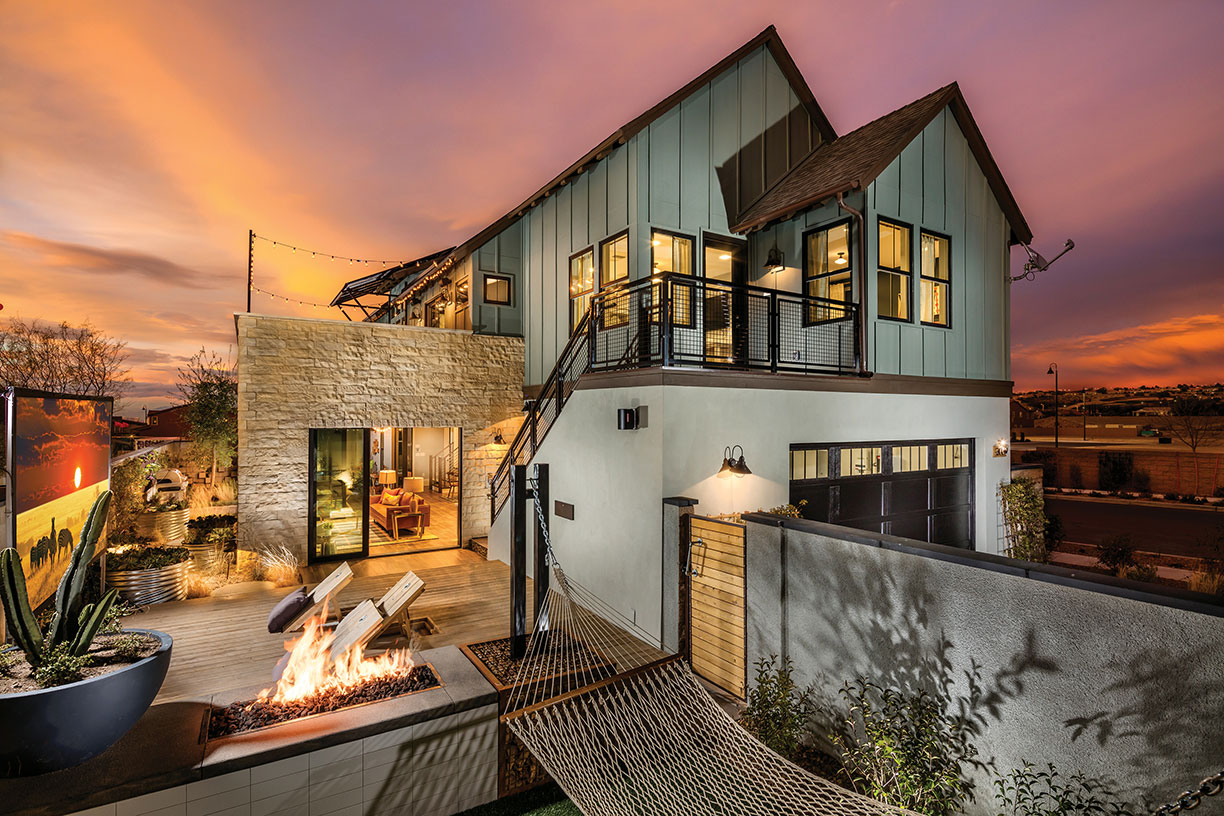
Photo courtesy Chris Mayer Photography and Bassenian Lagoni Architects
Functionality & Finishes
“It’s more about really functional spaces and higher-quality finishes,” says Chicago designer Donna Mondi. “Some people don’t want a living room. Instead, they’d rather have the space be a home office or a really beautiful study or library. A lot of it is more the function of the space than less space,” she explains. Like many designers, Mondi says consumers are becoming more discerning. “There is an appreciation for how a great faucet feels in their hands or a great doorknob feels versus a cheap one.”
Getting Smarter
Interactive design has completely altered the way we engage with our homes. “It has been a real cultural change that’s permeated through all product design. People are more demanding and more aware of the ease of use of interactive design because of their experience with smart phones,” says Marc Hottenroth, director of Industrial Design at GE Appliances. “We are starting to see the trend moving from tap and select on the phone to gestures and voice and then having a conversation with the product via a digital assistant.”
The addition of artificial intelligence takes interactivity to a new level. Already, it is boosting the IQ of smart homes by enabling protocols such as geofencing in which a predetermined series of actions (security disabled, lights turning on, music playing) are triggered when an owner (and their smart phone or watch) reaches a preset distance from home. Looking ahead, Hottenroth speculates on scenarios in which we might purchase say a rack of ribs at a grocery store and artificial intelligence would call up recipes and transmit them to a kitchen appliance. “There are all sorts of interactions that could take place that we never even thought about,” he says.
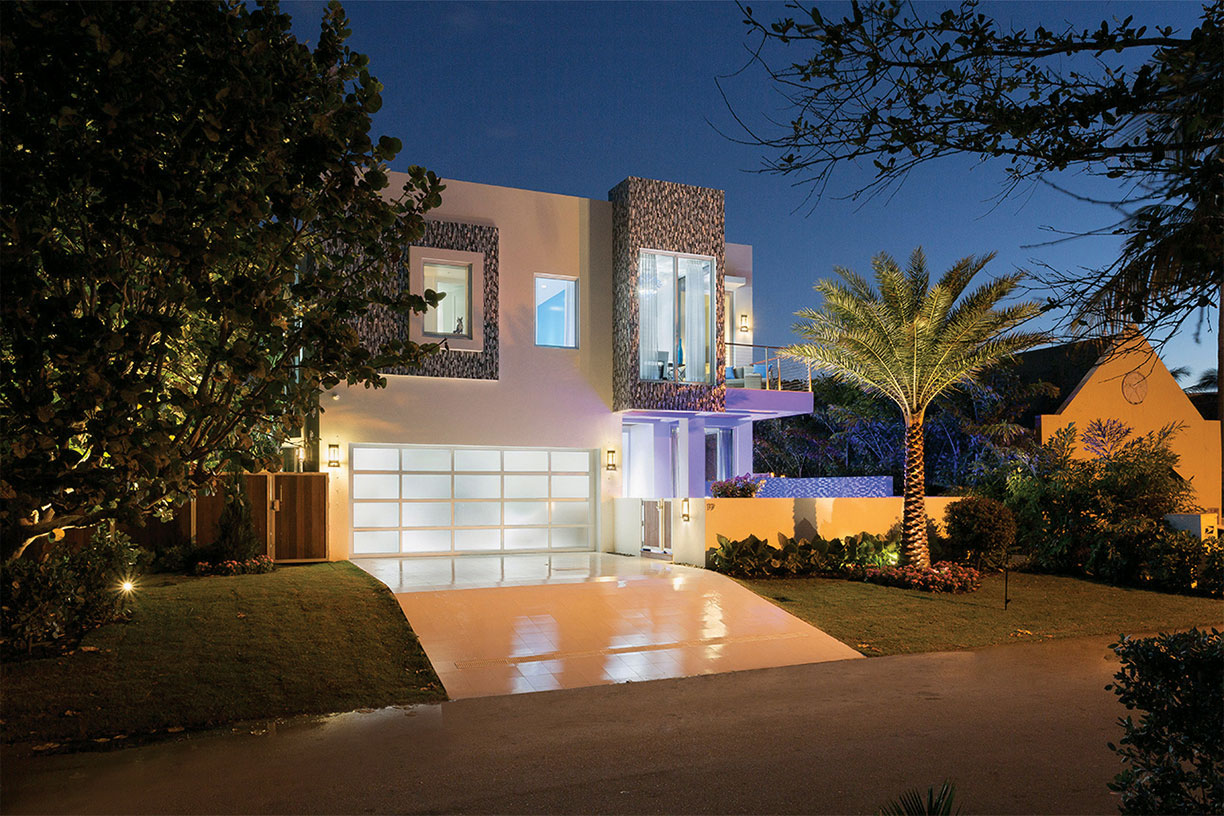
Photos courtesy Ed Butera, IBI Designs and Frank Mckinney
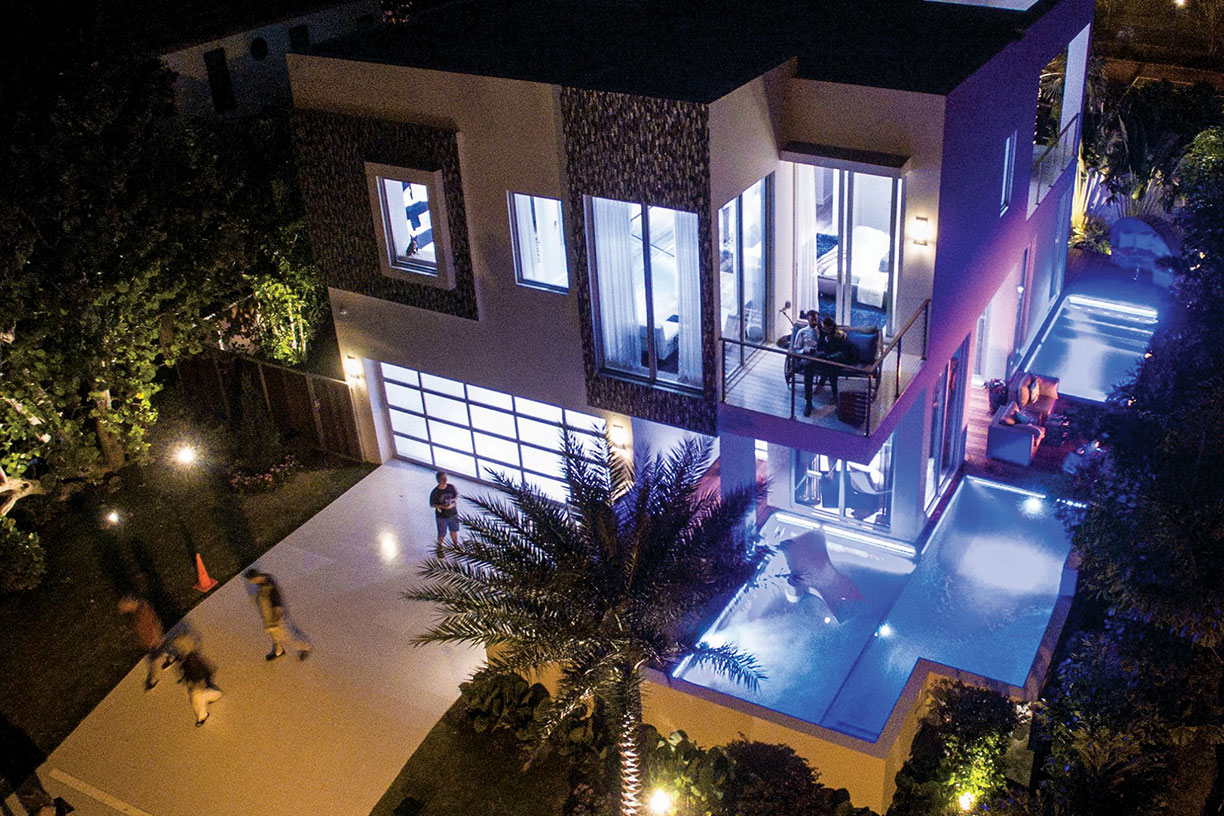
Can You Hear Me Now?
“We are moving toward rich interaction and the next wave is having no interface,” Hottenroth explains. Instead of using manual or digital controls to operate an oven, washer or other appliance, we will simply talk to them. Currently, GE has a digital assistant, Geneva, which meshes with Alexa or Google Home and enables consumers to control a number of appliances using voice commands. They can add minutes to a wash cycle, extend time in the oven or turn on the dishwasher from their bedside. They can ask if their laundry is clean or how much time is left on a cycle. Or Geneva — with a little help from her digital friends — can keep clothes tumbling in the drier a little longer. Unfortunately, folding clothes is not an option. Yet.
Wellness
Wellness as a concept for homes has been around for a few years, and most of the emphasis has been on construction materials and air quality. Now consumers and builders are turning attention to other aspects of wellness and materials that compromise air quality. The WELL certification for homes has been available for a few years, and new nonprofit advocacy groups such as Wellness Within Your Walls and the Sustainable Furnishings Council bring attention to furnishings and other products brought into the home. Expect to see more certifications for homes such as Indoor airPLUS.
More Than Cooking
Steam ovens, introduced a few years ago, tapped into new consumer preferences for healthier food prep. Following that trend, several new products take wellness and kitchens in a new direction, which expands on the idea that a kitchen can be a place to grow as well as prepare food, a concept often spied in one version or another of kitchens of the future. “Maybe it’s just California being healthy eaters, I say we’ve definitely seen steam ovens as well as composting as a trend. We integrate a lot of composting. Not only do you have your garbage and your recycling, but you also have your compost. That’s involved in every kitchen now,” says San Francisco designer Kriste Michelini.
At this year’s Consumer Electronics Show, a new appliance from WLabs of Whirlpool Corporation, the Zera Food Recycler, took home awards in several categories including Eco-Design and Sustainable Technologies. Using an automated process, Zera can break down a week’s worth of food waste from the average family into ready-to-use homemade fertilizer in 24 hours. All it takes is a push of the button or the Whirlpool mobile app.
The Urban Cultivator, a residential version of a commercial product, brings the ability to grow herbs and greens into the kitchen. The product can be free standing or installed to blend with existing cabinetry and looks very much like an undercounted wine refrigerator. It includes automatic air circulation, watering and custom formulated organic plant food. Growing potential include greens such as kale and arugula as well as herbs.

The Urban Cultivator
Photos courtesy the urban cultivator
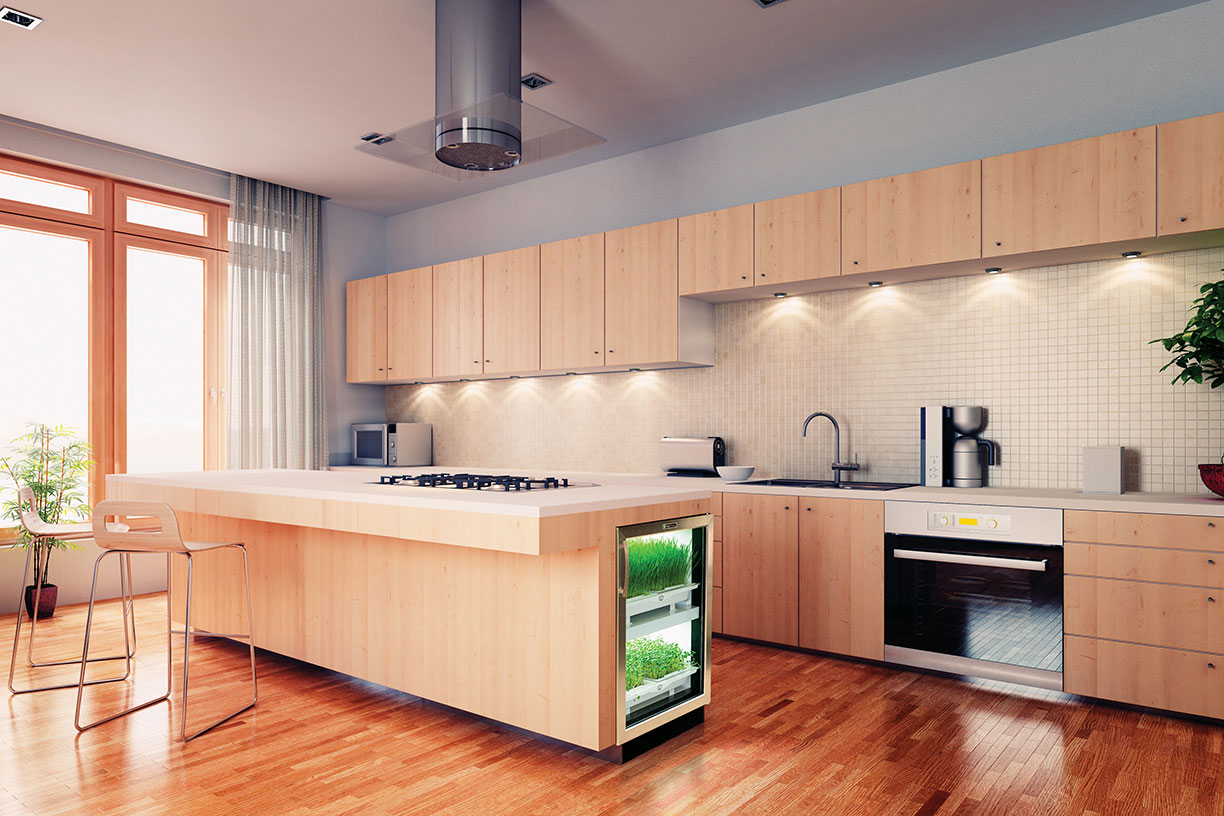
Flexibility & The Sharing Economy
Today, homeowners typically stay in their homes for an average of 8 to 10 years, so it’s no surprise flexibility has emerged as a desired attribute for homes. While most attention is focused on rooms that can be adapted in multiple ways, architects are focused on ways homes overall can adapt to the changing needs of homeowners. For the 2016 International Builders’ Show, Newport Beach architects Bassenian Lagoni (BL) designed two homes geared toward changing lifestyles. “We wanted a home that can morph and flex over time,” says architect Hans Anderle, who was on the BL design team. In both models, the entry-level Contemporary Farmhouse or move-up Contemporary Traditional, fluid floor plans enable rooms to be used in a number of ways and are enhanced with seamless indoor/outdoor connections on multiple sides of the homes. Additionally, both homes incorporate spaces giving families options to adapt the home to their own lifestyle. A first-floor suite with a mini-kitchen is suited for adult children, grandparents or visiting family. But an outside entry also makes it ideal for Airbnb guests or for a home office. Both homes include another separate space for rentals or guests or a home office. Not only do these designs accommodate changing spatial needs of a family, but the intent was also to include ways for entry-level owners to afford the home initially and then adapt it as their lifestyle changed.
Changing Architecture
Architecture is not static. Instead it’s always evolving. Right now, contemporary holds sway, but still it’s rooted in regional vernaculars, which syncs with the growing consumer desire for authenticity. Look for more transitional styles in new homes as well as existing homes as more owners opt to renovate rather than move. Even hard-edge contemporary styles are softening in some regions.
Traffic
Traffic and gridlock aren’t often mentioned as change agents, particularly for homes. However, in some cities, both — along with access to alternate transportation — play a role in home values, pumping up prices and demand. Self-driving cars are often cited as a potential solution, but even urban planners don’t have a solid take on the impact on cities, let alone housing. Some believe autonomous transportation will create more demand for suburban locations.
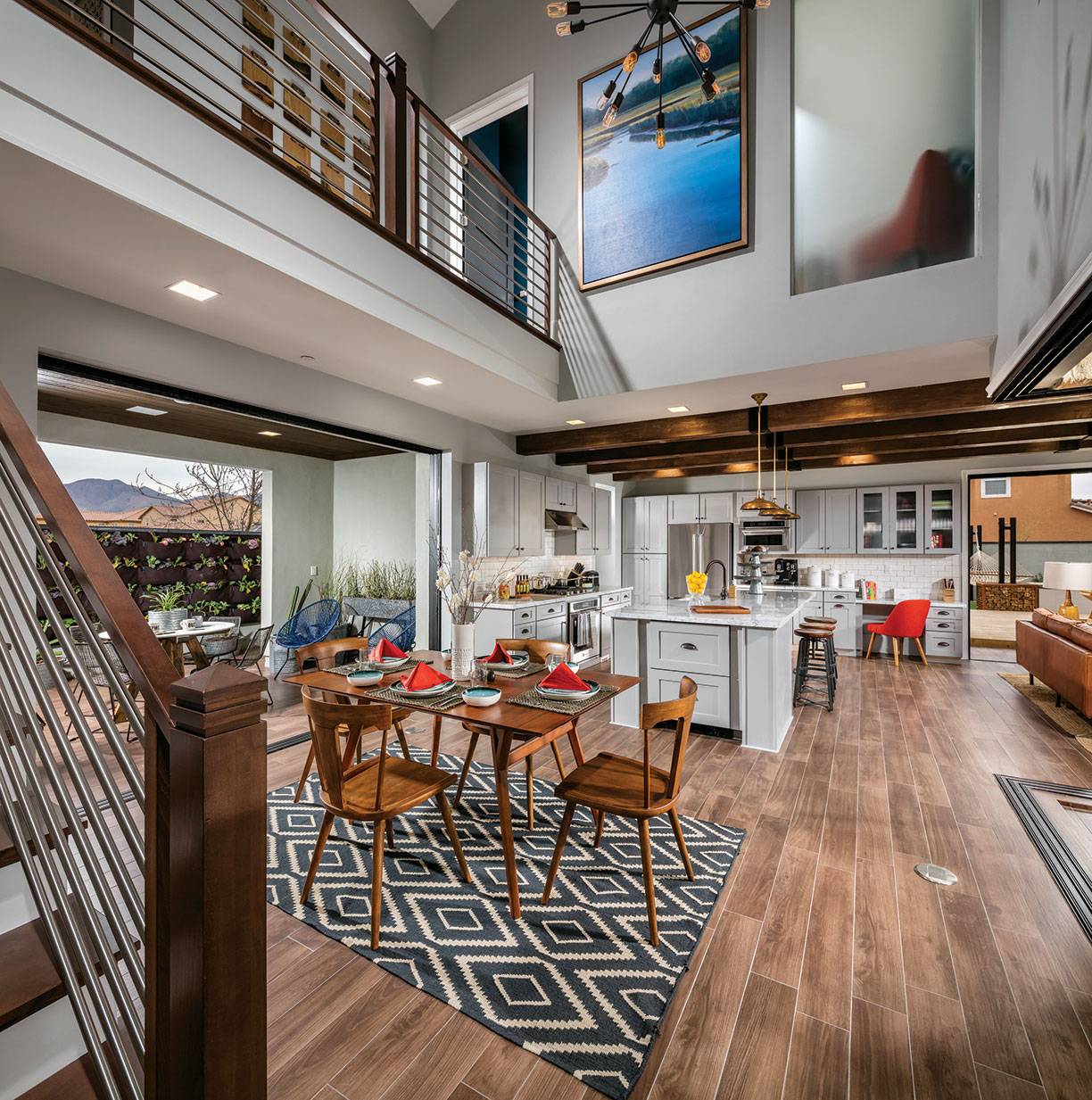
The recipe for a home of the future: indoor/outdoor merger, authentic materials, and dramatic design.
Photo courtesy Chris Mayer Photography and Bassenian Lagoni Architects















